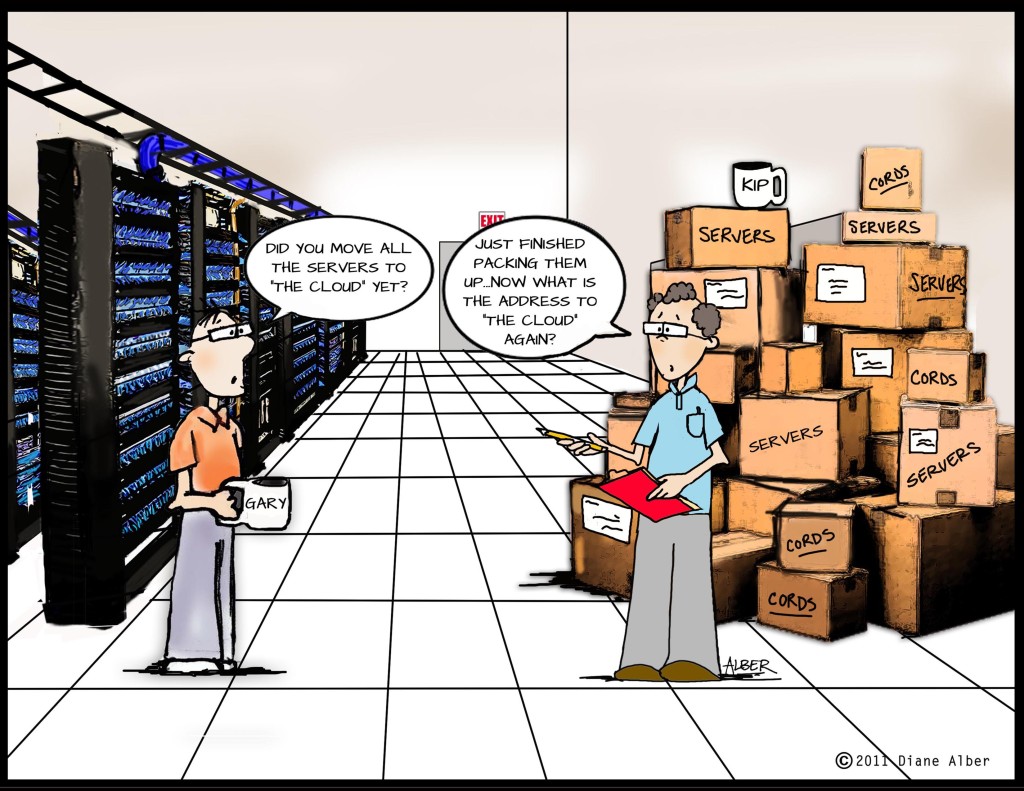Medical Data Translations: Seven Steps to Avoiding Disaster
You don’t have to tell me what the challenges of medical data translations are – I know them well. Risky. Expensive. Takes too long. And you know what? These are all valid points. And here’s something else you already know: it’s an inevitable part of the fabric of today’s medical lab and must be done to be competitive. Here’s how to move forward without flirting with disaster.
 Step 1: Understand the what and the why.
Step 1: Understand the what and the why.
Let’s start with the word “translation” and how it is used in our business. Translation can mean several things, but primarily it is when you convert data from one system to another and you translate that data into a format that the receiving system can handle. It also can mean translating complex data into data that is meaningful, as to a physician, healthcare provider, or a patient. Migration is moving data, which includes translation, to another system. So, the first step is to make sure you work with a team that is going to ask you the important questions that will clarify what you’re doing, and why you’re doing it.
Step 2: Minimize the disruption.
EMR (Electronic Medical Record) systems store and use data differently. Because software evolves with time, companies outgrow their functionality; too often this means entities are forced to move from one system to And moving to another system is not simple – it is downright disruptive. It typically takes three to six months to recover from an EMR move, depending on the size and complexity of the lab.
Minimizing the disruptions requires making sure your new system is built for your specific operational model. But also, there are inevitable process changes that need to happen internally; ones that match those that the system supports. Having a clear understanding of all this prior to migration minimizes the disruption. Is this sometimes a deal-breaker because some physicians/lab managers are resistant to change? Absolutely. So before you proceed, you must get everyone on the same (digital) page.
Another note: Those that choose to heavily modify their systems have a more difficult time because the software design may not support the workflow. Keep it reasonable.
Step 3: Work with a team.
This is not the time to do business with a guy selling systems out of a van down by the river. The amount of knowledge and experience to do this successfully requires a team of experts that come from a variety of related disciplines. You want people who have real previous lab experience, and who come to the table with different perspectives to ensure a smooth execution.

Step 4: Minimize your costs through tough negotiations.
This is an expensive endeavor. The licenses alone for the new system are not cheap. Installation costs may be as much if not more than a year’s worth of licenses. But it doesn’t have to be prohibitively expensive if you have someone working with you who knows how to negotiate for the best possible fees. Have someone in your corner who understands this process with an understanding of your bottom line.
Step 5: Don’t let someone sell you a system that is not right for you.
For many, data conversion never seems to work right. Certain data field formats may be designed for a unique system and have specific relationships with other data elements. Conversion programs just never seem to get everything right. This often requires manual cleanup, one piece at a time. This is not to say that a “one size fits all” situation is impossible – but working with specialists who have the depth of knowledge to comprehend all options and who have the ability to provide solutions for the inevitable hiccups is a critical piece of the puzzle.
Step 6: Stay on track.
This has a lot of moving parts, so make sure you’re working with a project manager who can keep it all on track. And this is more than just scheduling on an Excel sheet – it involves clear lines of communication to all key stakeholders. ‘Surprises’ can derail a project. Make sure you have a complete, focused approach to the project.
What happens too often is that a lab will assign the responsibility of a system conversion to someone already on the payroll, but to that person, a system conversion is just another responsibility – and one that inevitably ends at the bottom of the in-box. This is one of the single, biggest causes of disaster, and one that ends up costing the lab a lot of money.
 Step 7: Create as smooth a process as possible.
Step 7: Create as smooth a process as possible.
How is it being transitioned? In U.S. HealthTek’s experience, having our own Cloud Data Exchange to help facilitate this migration is essential for success. We also have industry experts on instrumentation, lab process flow, compendium cross-referencing and maintenance, to name a few other products that we can bring to the table if needed.
It can be overwhelming, and the stakes are high, but disaster can be avoided by spending the time to find the right, dedicated team. Research, prepare, and ask a lot of questions, and you’ll have a smooth ride.

